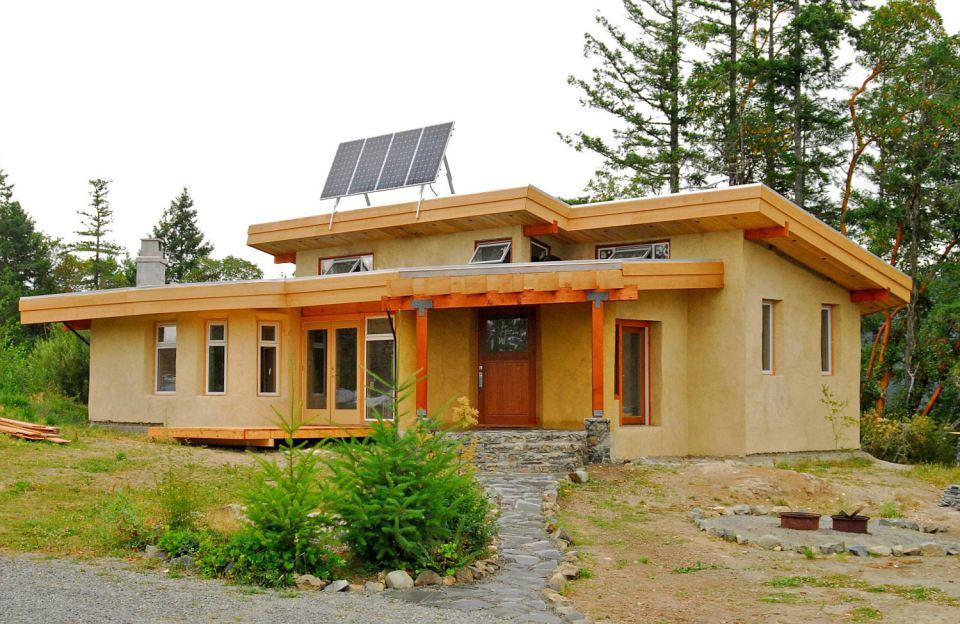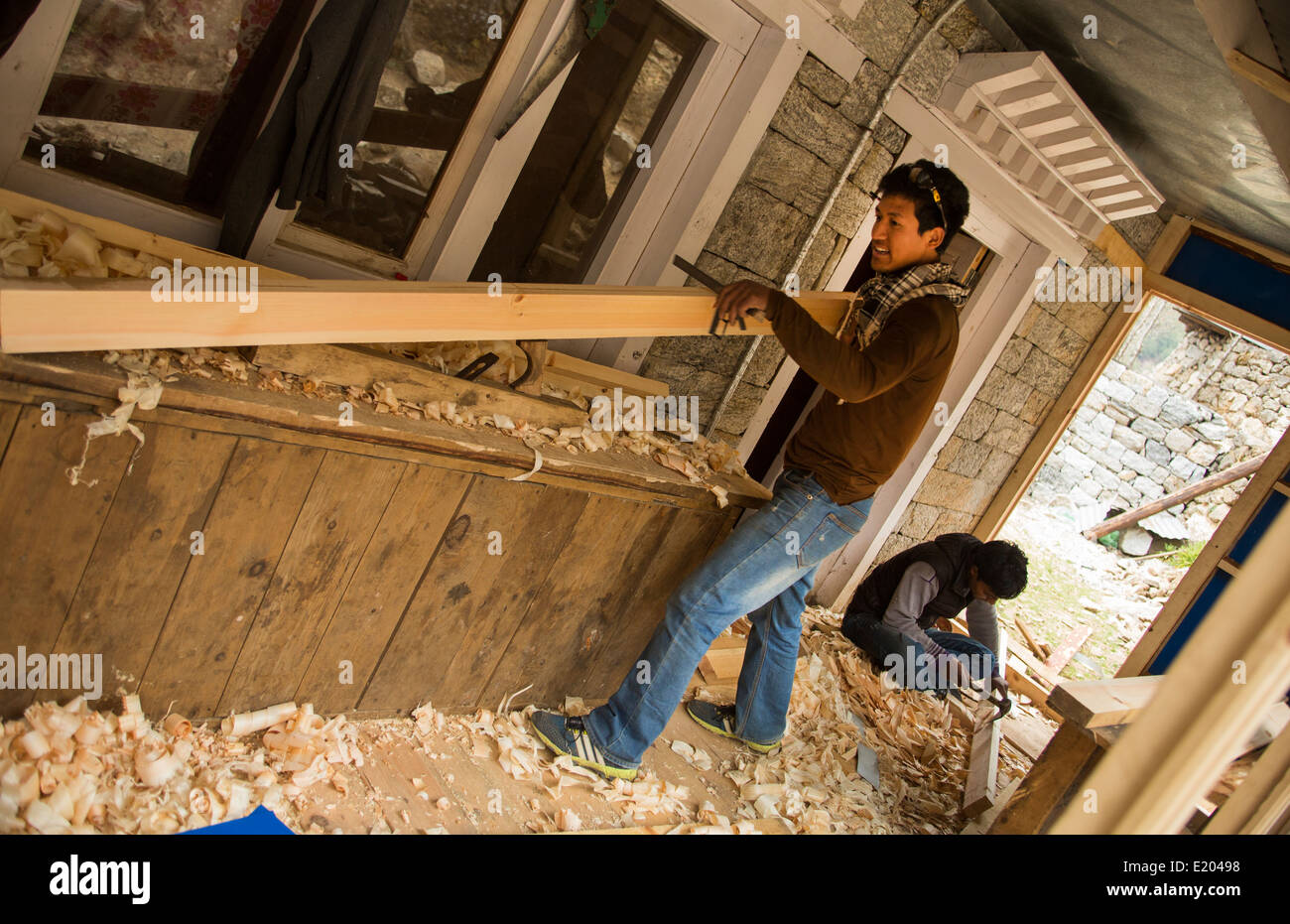Table Of Content

You can simply harvest clay, sand and straw from your land and recycle other supplies and materials from construction sites. And, if you’d like your home to have new and higher-end finishes, the cost will go up from there. Building a cob house is about making a home from materials that are natural, available from the vicinity. It’s a very easy and practical option if you want to build an eco-friendly home.
The Top 11 Eco-Friendly Straw Bale House Builders in the US
Instead of acting like general contractors, this company walks clients through every construction step to ensure appropriate detailing and the use of the right materials. These are the crucial requirements for a cob house that will last a lifetime. Each layer needs to be individually applied and dried before adding the next one, which takes a long time (up to 15 months). The process is very labor-intensive and takes dedication to finish. The best way to keep the cost lower is to go DIY; the cost to build your own house is often much lower. Do as much of the labor yourself or find a volunteer builder to help you, which isn't that hard to learn if you have basic building skills.
This New Mud Home Built of Hemp and Earth Demonstrates Super Energy Efficiency in the UK - Good News Network
This New Mud Home Built of Hemp and Earth Demonstrates Super Energy Efficiency in the UK.
Posted: Sat, 24 Feb 2024 08:00:00 GMT [source]
Materials
You may be able to find a lender who is willing to work with you but be prepared for a lengthy and difficult process. Cob homes are incredibly durable and can last hundreds of years in the proper conditions. Old cob structures can still be found throughout the world, from England to Africa, attesting to their stability and longevity. If you are reading this article, then you are probably already thinking about building your home out of cob. You can also create forms and pour concrete for your stemwall. It is more technical and doesn’t look as nice or natural as stones.

Cob Building Codes and How to Get a Permit to Build
The company differentiates itself from the rest by involving clients in every step of the construction process. The company is behind the distinctive and innovative “Oregon Cob,” known for making some of North America’s most durable cob structures. Moreover, the builder must know how to render the walls to prevent moisture accumulation, as this affects the cob’s structural integrity. Let’s face reality — few skilled builders are specializing in making and building with cob. Since cob is a porous material, you’ll have completely filtered and pollutant-free air in your home. If built and maintained correctly, a straw bale home can last 100 years or more.
As long as their roofs are maintained and adequately cared for, cob houses are built to last a lifetime. The same materials used for outside and interior walls can produce beautiful ones. Many home builders utilize cob to build built-in furnishings, fireplaces, cob ovens, and shelves in addition to the house’s inner walls.
Depending on your climate or design you may want to incorporate different materials into your cob house to take advantage of different attributes or styles. The house’s frame is made from roundwood pine and hawthorne from local woodlands. Therefore, it’s a house designed to meet the highest sustainable construction standards. Built in Somerset, England, the house features skillfully sculpted cob walls designed by Rich and Lisa. Having cob house examples is an inspiration to build a home using this eco-friendly material. Investing in a natural building style is one of the best ways to spend money on housing.
Improve a blank expanse of wall with a carved niche for a candle or special object. The steps are the same whether you’re making something big or small; it’s just a matter of scale. During rainy weather, water must move away quickly to keep cob dry.
The walls are built up with lumps of damp cob mixture, then compressed, and finally sculpted into smooth, curved forms. Importantly, the cob dries to a cement-like finish, making it suitable for use as load-bearing walls, window framing, and even the roof. You can work on the cob for months before you are done, or have a cob building party and invite many hands to help.
Dig a trench that will encircle the structure and lead water away. For instance, finish off the walls with any design that pleases you. You can also carve out designs within the walls or create an arch at the entrance. Finally, the roof should slope downward and away from the house. This allows rainwater to drain off instead of accumulating around the foundation. Repeat these steps until you reach the desired wall height.
Some communities don’t allow “off-grid” homes, which originally meant off of the electrical grid. Now in some areas, it refers to any non-traditional structure. If you live in a rural area, you should be able to build this type of home. Cob building is easy to learn, requires no special equipment, and uses sustainable materials.
A cob house is a natural building made from a combination of clay, sand, and straw. When these ingredients are mixed in the right proportions, the result is an especially strong and versatile building material. You can build cob walls without a supporting building material, like wooden frames and concrete pouring. The client, Kiwa, is an agricultural organization aimed at introducing new processes to save water and resources in producing organic crops.
Besides its construction role, the company offers workshops and advice on building with cob. As the lead instructor at the Emerald Sanctuary, Michael plays a central role in teaching sustainable building techniques to apprentices and students. While apprenticing at the Cob Cottage Company, Greg Allen desired to have a school of natural building.
Welsh architect Ianto Evans and researcher Linda Smiley refined the construction technique known as "Oregon Cob" in the 1980s and 1990s. This structure is highly customizable and usually takes on very artistic and unusual shapes. The walls must be arranged to evenly distribute any weight. They must be 600 mm (about 23 inches) thick or more to support a second story. However, the load capacity should be checked by a professional since a cob wall's strength depends on the cob mixture. Usually, a cob mixture will involve 1% to 3% of dry material (straw) and 3% to 5% of moisture.

No comments:
Post a Comment